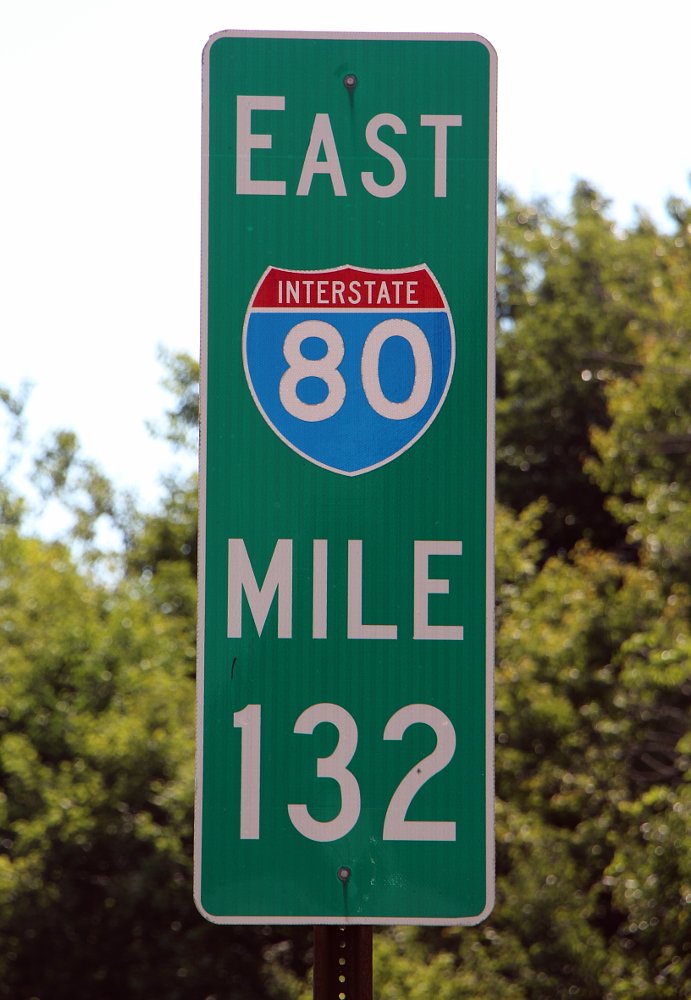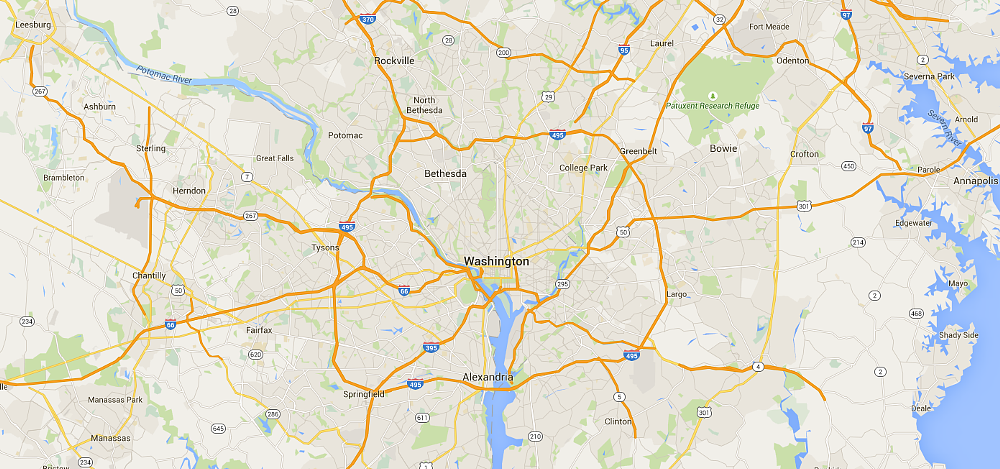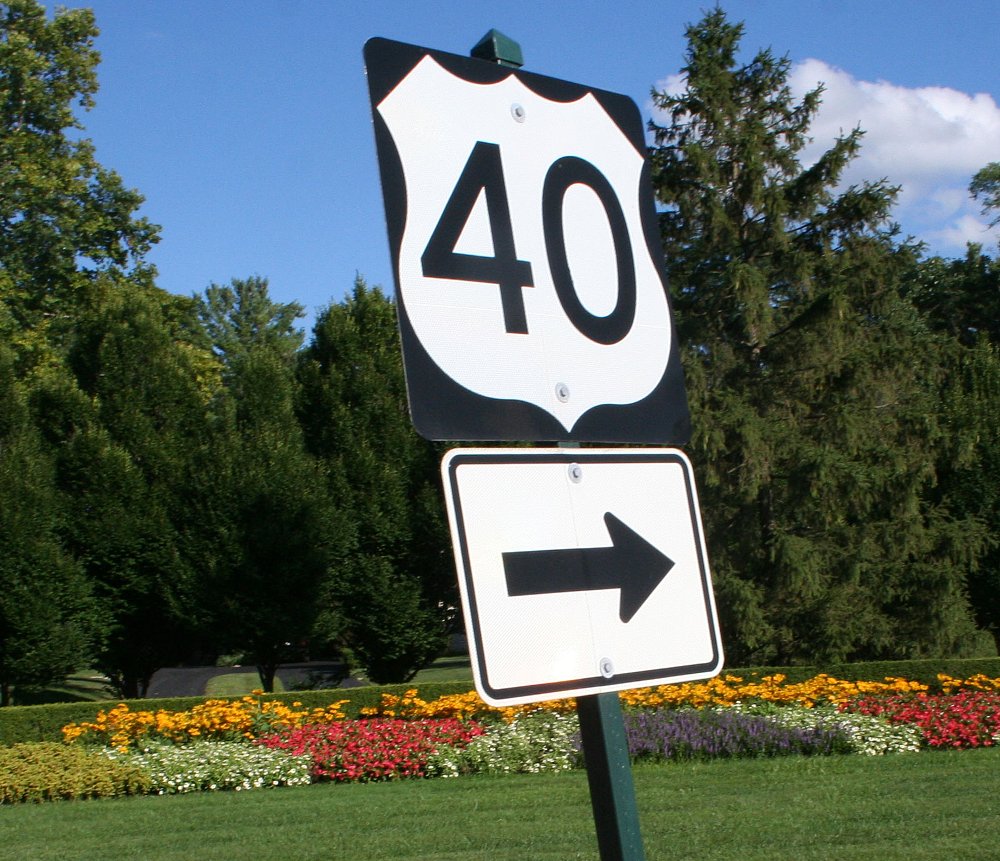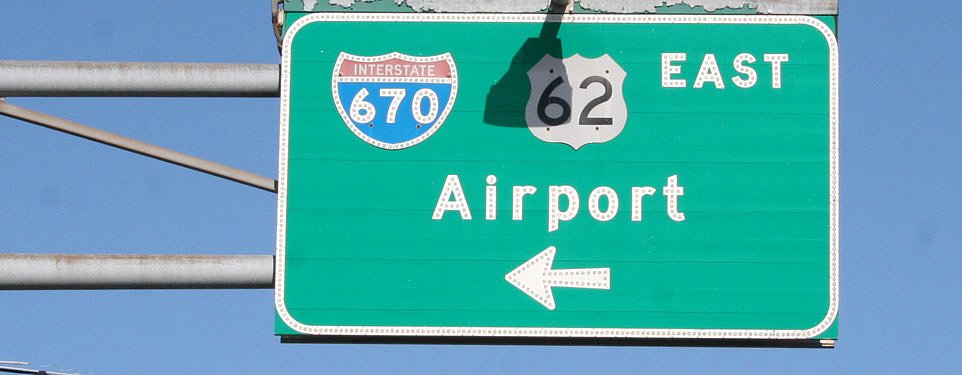I love two-laners.
It's the only way to fly on a motorcycle, if you ask me. I don't care where I'm going, but I like to be on a thin, blacktop road, ideally with no one around. However, the double-yellows usually mean there's oncoming traffic, and oncoming traffic means that I can't really put my hammer down. Really fast roads have medians or dividers and no intersections because the key to making time is not stopping.
Sometimes, you have to be somewhere in a hurry. Long weekends leave you 500 miles from home on a Sunday. Sometimes the sun dips faster than you thought, and you're still 100 miles from where you planned to be, and you still have to make camp. Sometimes you just need to get onto a freeway and burn to get the odometer rolling. I've done this before with no GPS or map to aid me, because I know what the U.S. Interstate Highway System numbers mean.
Interstate highways here in the United States have an orderly numbering system. I know smartphone-less travel might seem antiquated to some of you, but some folks ain't got 'em, and if your GPS dies or your directions blow off the tank or your cell phone service evaporates, it doesn't hurt to have a contingency plan in the form of a little knowledge.

Branches off these main routes have three-digit numbers with the last two digits being the parent road. An even first digit usually designates a road that loops around a major metropolitan area, such as I-495 around Washington, D.C. An odd first digit is a spur road, branching off from the major interstate to get traffic to a separate location, such as I-110 linking Los Angeles to I-10. While the numbers on the main roads are not repeated, branch roads are. When I was in college tooling around on my old Honda, I would jump onto I-270 to avoid St. Louis traffic, and Lance does the same on a different I-270 to get around Columbus, Ohio, near his home. If you say "395" to me, I think of the road I've traveled in Connecticut, but my little brother rides his Kawasaki Z1000 on I-395 through our nation's capital.

There are some exceptions to these rules, like I-99 in Pennsylvania, due to political moves, but they are relatively few. Also, despite what you've heard, the Interstate Highway System was not designed with planes making emergency landings in mind.

Now here's maybe the most useful feature for those of us riding with small tanks. Most states are switching over to a system where the exit numbers match up with the mile markers. Mile markers start at zero when you enter a state and rise as you go east or north. Thus, if you're at exit 35, and the next exit on the map is exit 61 and you hear only a mouthful of fuel sloshing in your tank, you probably ought to pull over for fuel. Most riders know this and are probably saying "duh!" right now, but if there's even one rider who learned something with that gem, it was worth having in here.
And that's the whole mystery unraveled. So when you see those numbers on the signs, now you know why things are the way they are.

 Membership
Membership








